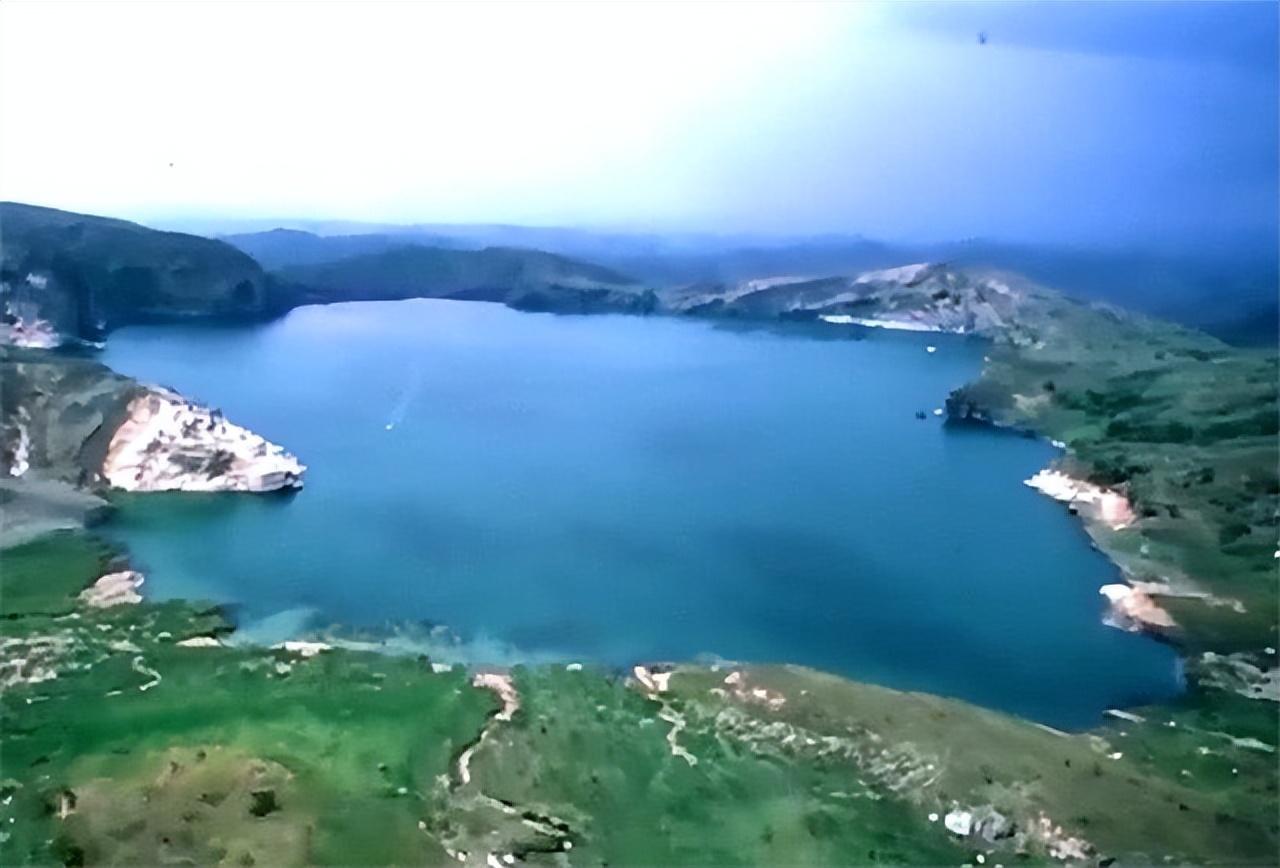
In 1986, Lake Nyos, a tourist attraction in Cameroon, suddenly "changed his temperament", and more than 1,700 people in various villages along the coast were "killed" overnight.
After the incident, the world was shocked, and scientists from all over the world rushed to Cameroon, vowing to uncover the truth behind the tragedy.
So, what caused more than 1,700 people to die in Huangquan overnight?

Tourist attraction becomes "Murder Lake"
The United Republic of Cameroon, located on the northeast coast of the Gulf of Guinea in Africa, is called the "African Hub".
The Atlantic coastline took a 90-degree turn here, and from there it turned south, stretching all the way to the equator.
According to geology, Cameroon is a part of the African plate in geological tectonics and is located at the edge of the plate, which has caused many earthquakes and volcanoes in Cameroon.
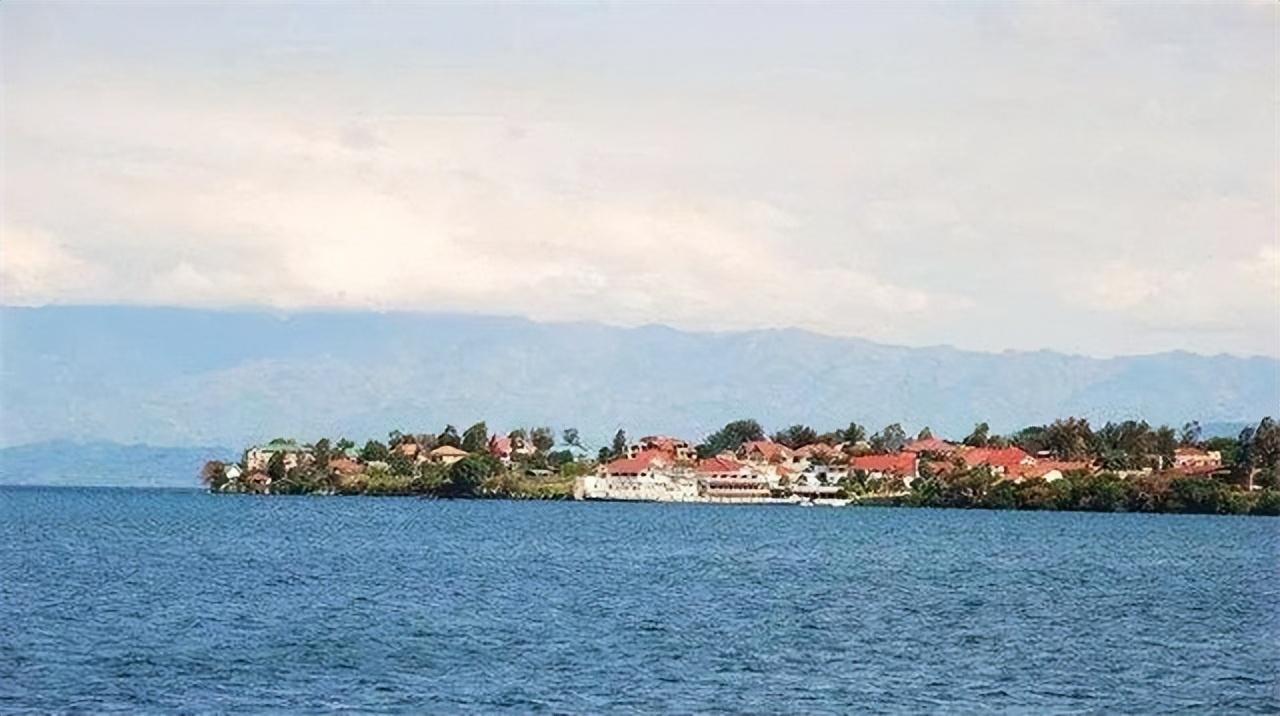
The west side of Cameroon is bordered by Biafra Bay, where stands the world-famous Cameroon Volcano, 4070 meters above sea level.
Cameroon Volcano is an active volcano that erupted five times in the 20th century alone, the most recent in 1982.
Volcanic eruptions will inevitably bring about underground faults and ground ruptures, forming craters. In the area covered by Cameroon volcanoes, there are still huge cracks in some places, and the heat is "sizzling" outside.
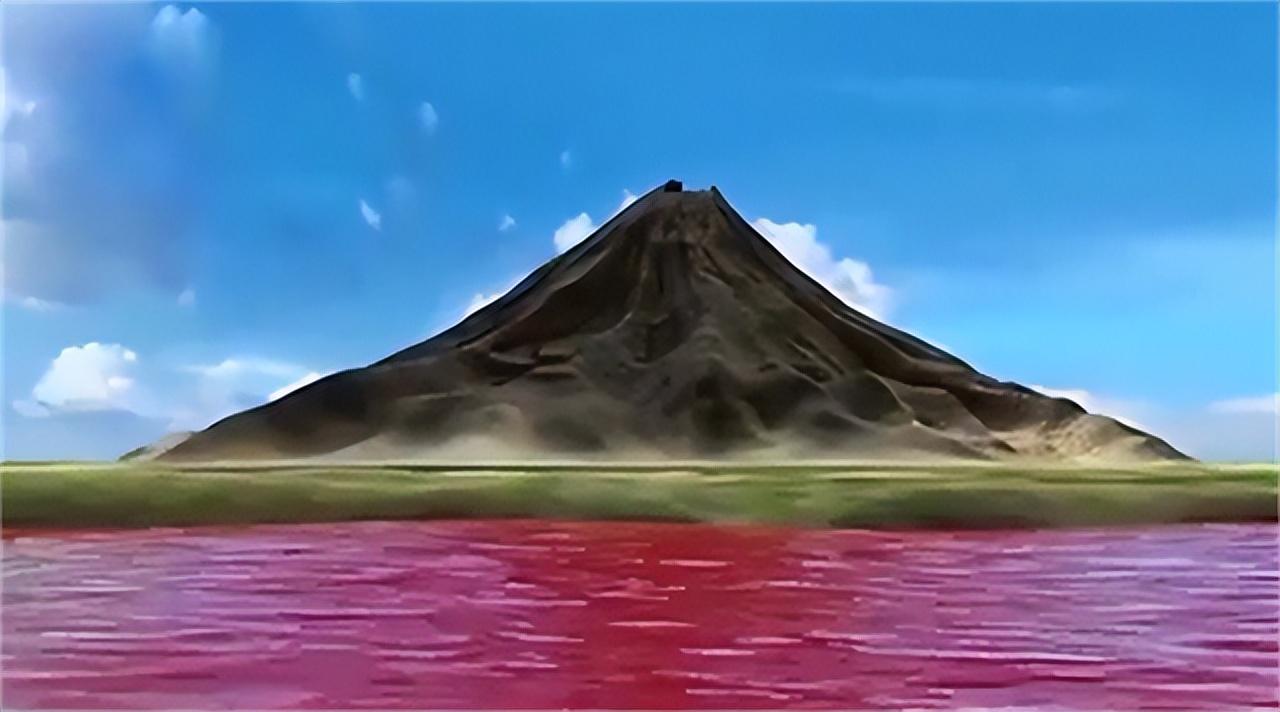
With the Cameroonian volcano as the center, it extends to the Nandobo volcanic archipelago in the southwest, and then to the Mandala cluster in the southern part of Lake Chad in the northeast, forming a complete underground fracture layer and a volcanic chain.
The geological and landform changes caused by the volcanic eruption eventually formed one volcanic lake after another, and Lake Nyos, a famous tourist attraction in Cameroon, is one of them.
Because Lake Nyos sits near a dead volcanic crater, the water is warm and crystal clear all year round.
Coupled with the year-round humid and hot climate in Cameroon, the flowers and trees here are lush, and the air is fresh and comfortable, which makes Lake Nyos a very famous hot spring resort in the area.
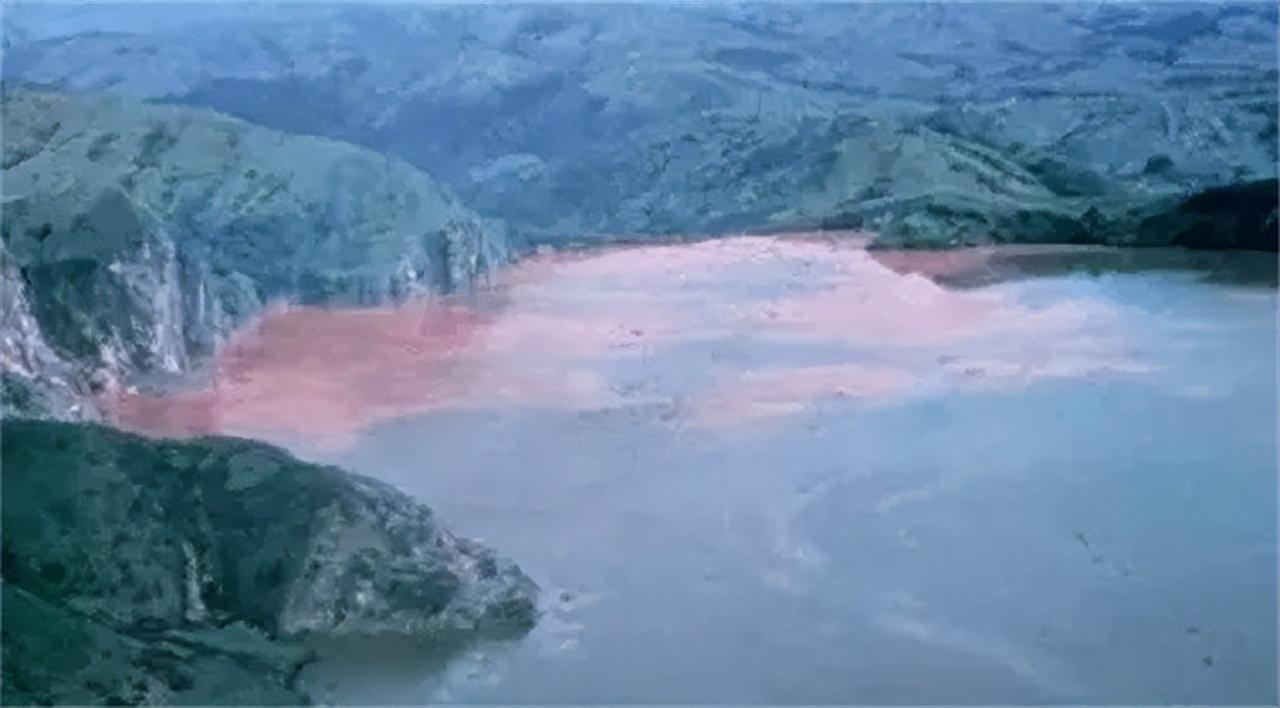
Residents living near the volcanic lake in Cameroon have a very high worship of the lake, and the village of the Nyos Valley on the shores of Lake Nyos is no exception.
The villagers are convinced that people can get eternal life in Lake Nyos after death.
Therefore, whenever someone in the village dies, or encounters a major festival, the villagers always perform pious religious ceremonies by the lake and sing hymns in a mysterious language.
In some places believed to have special powers, they also sprinkle a liquid made of herbal medicine and animal blood to pay homage to the souls of their ancestors, which is said to keep ancestors at peace.

When scientists at home and abroad want to conduct geological expeditions in Cameroon, villagers will also hold a similar ceremony to make so-called tributes to the lake before allowing scientists to use various scientific instruments.
The villagers on the shore of Lake Nyos have the highest respect for this lake, but the most sacred lake in their hearts did not bless them, but revealed the ruthlessness of nature to the villagers in the most cruel way.
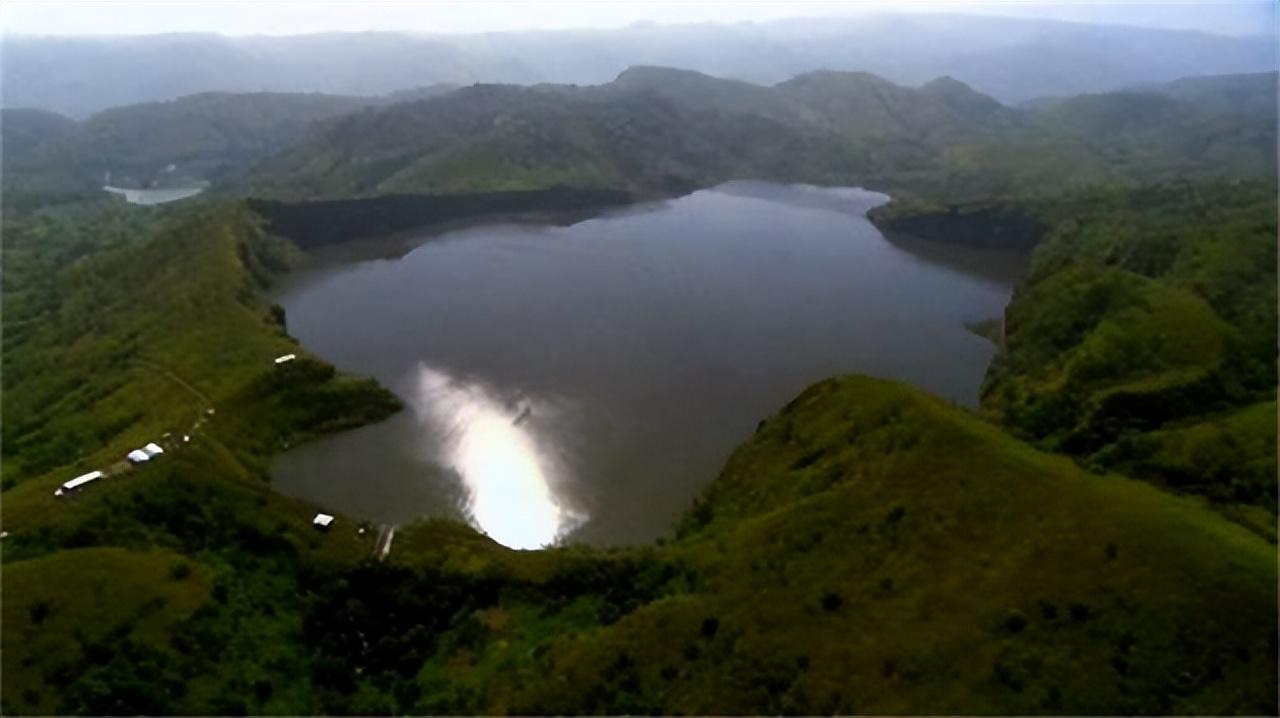
On August 21, 1986, Cameroon had entered the rainy season.
On this day, the clouds were dense over Lake Nyos, and the pouring rain poured down quickly, and the villagers by the lake returned to their homes early to rest.
In the evening, the village of Neos Valley has fallen into a quiet and peaceful.
But at this moment, the surface of Lake Nyos not far away suddenly exploded, and a cylindrical gas spewed out, floating on the surface of the lake like a river of smoke.
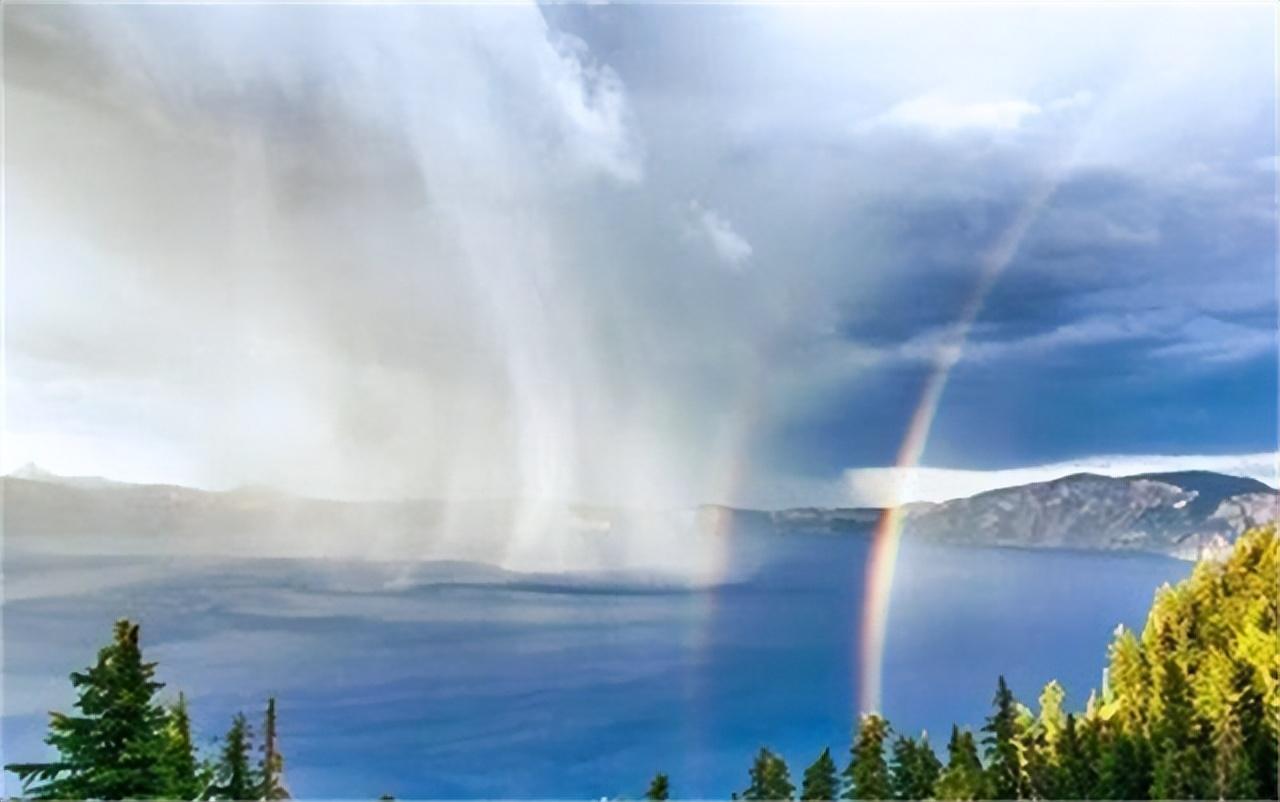
Soon, the Smoke River drifted slowly towards the village of Neos Valley along the breeze blowing in the valley, circled silently at a low altitude, and drifted 16 kilometers away by the lake.
However, it was such a seemingly unremarkable smoky river that brought a terrible death to the village of Neos Valley.
It was like the sickle of death, leaving only corpses everywhere it passed.
Soon, the Smoke River filled the entire Nyos Valley village, and almost all of the more than 1,200 villagers in the village died.
Many people have fallen asleep before they die, and are quietly taken away from their lives in their sleep.
Immediately afterwards, the Smoke River drifted to the other two nearby villages, raging again before slowly disappearing between heaven and earth...
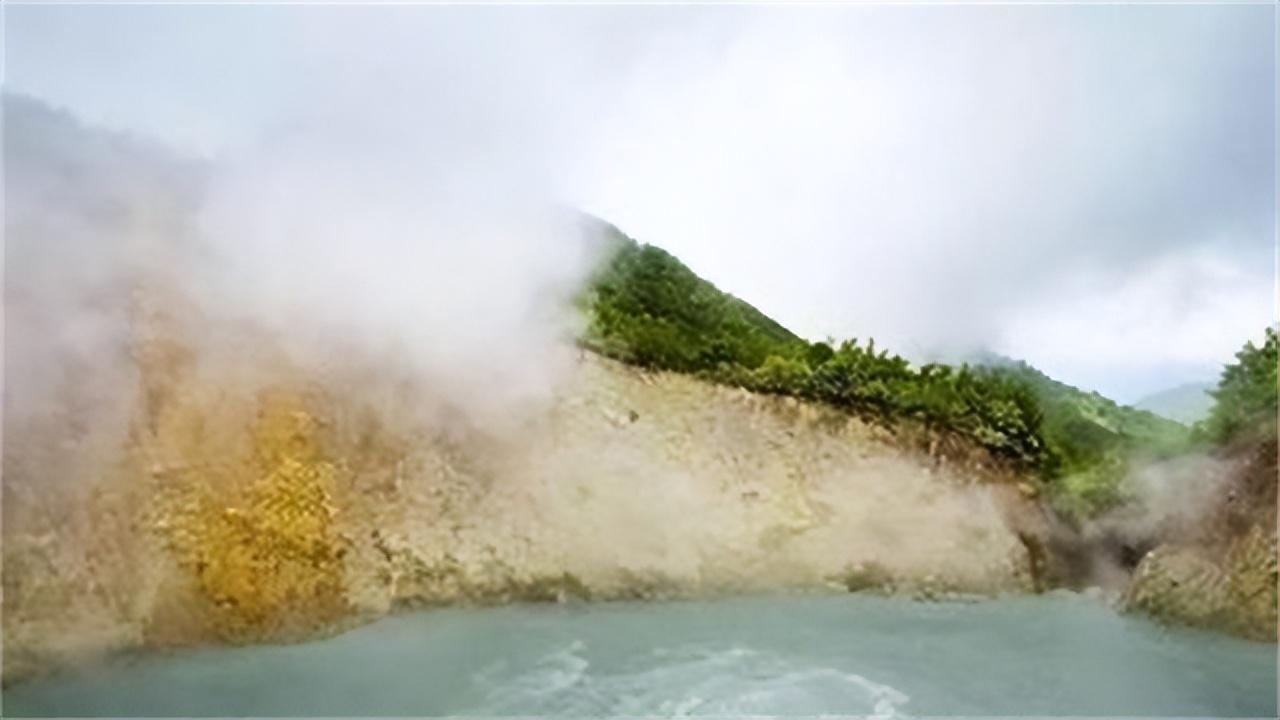
Early the next morning, the otherwise vibrant Valley of Neos was covered in death everywhere.
The corpses were everywhere and the smell was unpleasant. No one survived, whether it was people, animals, ants and insects on the ground, or vultures on trees.
A total of 1,736 villagers and more than 6,000 livestock were killed.
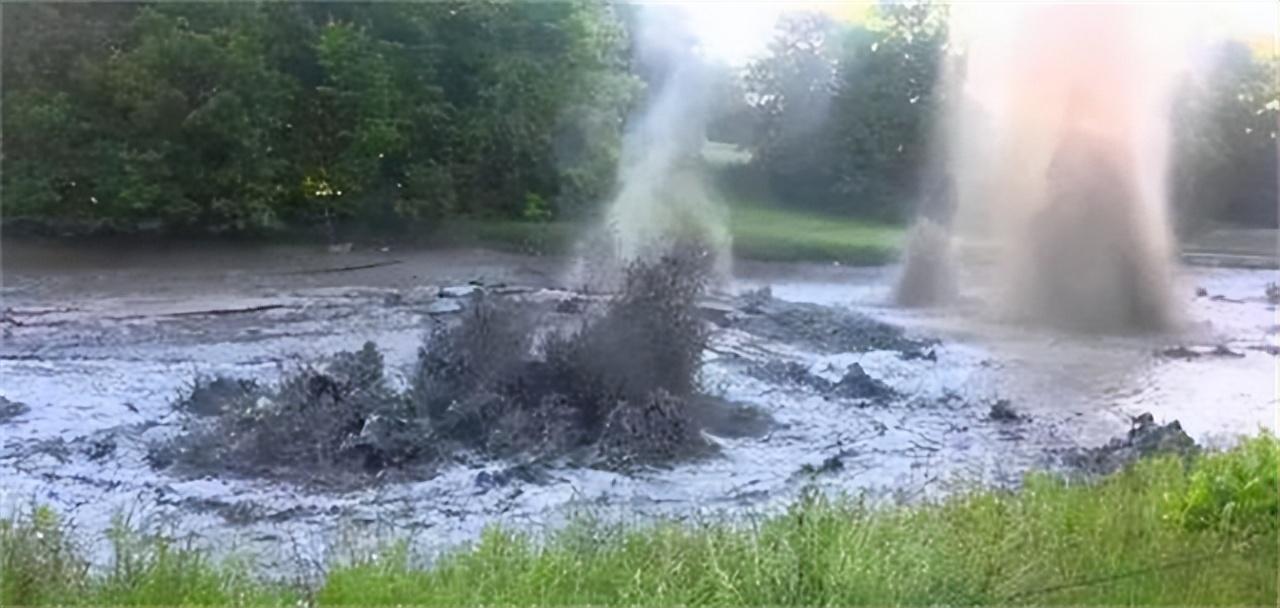
Death and uncertainty permeated the valley, and the few villagers who survived hurriedly notified the local government.
Two and a half days later, a Roman Catholic priest and a helicopter navigator, the closest to the valley, were the first to arrive at the scene, followed by Cameroonian troops, government personnel, and medical teams one after another into the shores of Lake Nyos.
The horrific sight in front of them shocked everyone present, and the news of "thousands of people died mysteriously overnight on the shores of Lake Nyos" quickly spread around the world like wings.

Drain the lake, the real murderer appears
Scientists from all over the world heard the wind and rushed to the shore of Lake Nyos in Cameroon as soon as possible, wanting to find out.
Through the investigation of the scene and the investigation of the status of the villagers' remains, scientists agreed that they had encountered some kind of poisonous gas intrusion, so they died quietly.
I have to say that the experts' predictions were very accurate, and the Smoke River that night was the culprit, so what kind of gas caused such a tragedy?
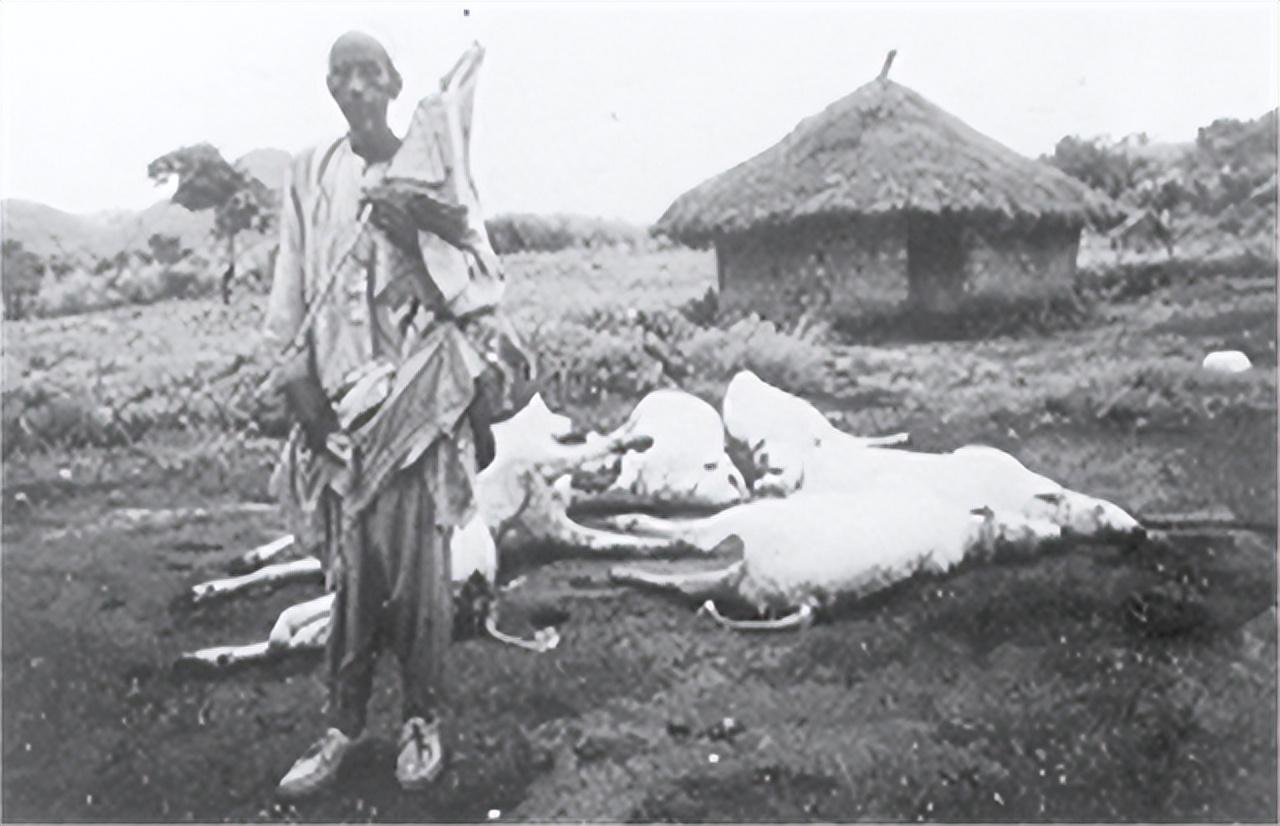
The first to speculate on the composition of the gas was an attending doctor from the Yaounde Hospital in Cameroon. Based on the physical condition of the victims, he speculated that a hydrogen and sulfur compound poisoned the villagers.
The American Chemical Safety and Health Consultant visited some villagers who survived, according to them: "At that time, I smelled a very unpleasant smell, similar to the smell of rotten eggs."
So the consultant believes that the gas that poisoned the villagers was hydrogen sulfide.
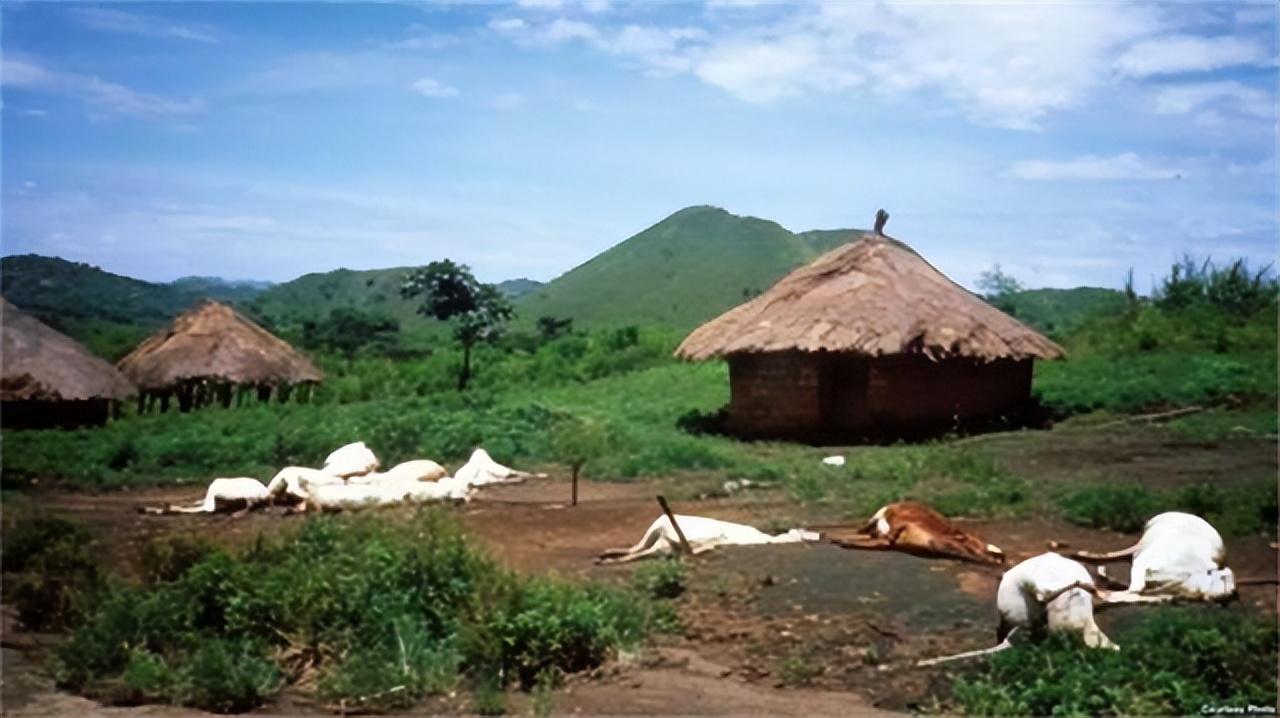
But other experts also disagreed.
According to a US Geological Survey researcher: "The hydrogen sulfide in the poisonous gas only occupies a small part, which is not enough to cause casualties on such a scale, so there is another more deadly gas in the poisonous gas."
After research, he set his sights between carbon monoxide and carbon dioxide.
Among them, carbon dioxide is the most suspected, because its mass is heavier, and it will collect in low-lying places during circulation, which is consistent with the flow trajectory of the poisonous gas shown by the survey.

Yasuhiro Yamamoto of the Japan Institute of Medical Research agrees.
After arriving in Cameroon, he immediately diagnosed, treated and investigated more than 600 villagers who were affected by poison gas.
He found that the victims had wet lung murmurs in their chests and corrosive trauma to their abdomens, indicating that the gas that poisoned them was highly corrosive.
In addition, he learned from more than one victim that there was indeed an unpleasant smell at the time of the crime, some said it looked like rotten eggs, and some said it looked like gunpowder after the shooting.
Immediately afterwards, Yamamoto Anhong carried out extraction and testing on the water of nearby Lake Nyos and found that the content of sulfuric acid ions and chloride ions in the water was very low.
Combined with various signs, he also believes that there must be high concentrations of carbonate and sulfur dioxide in the poisonous gas.
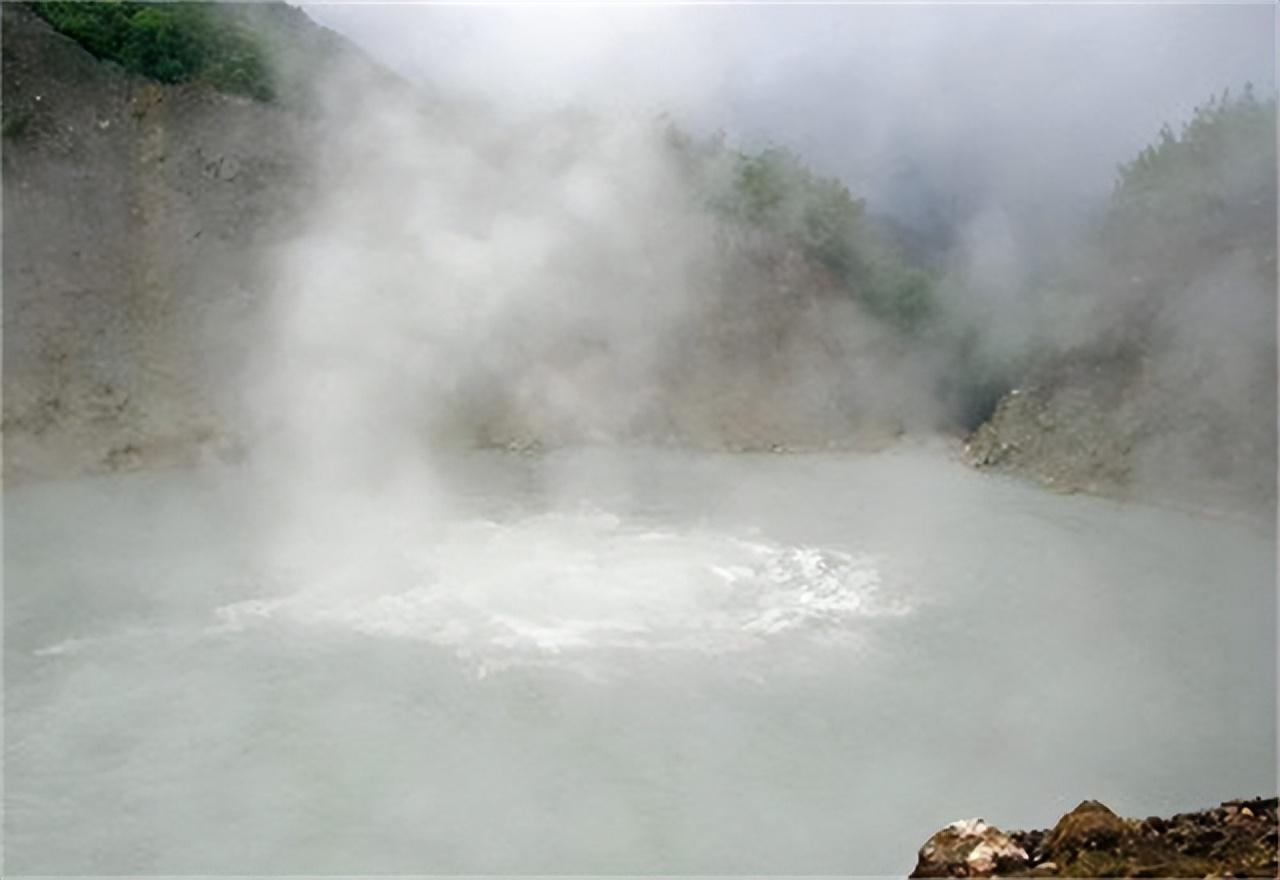
Experts have different opinions, but no one can come up with direct and strong evidence to prove their claims.
However, most people agree that the source of this poisonous gas must be inseparable from Lake Nyos.
Well, as long as the investigation focuses on Lake Nyos, I believe the truth will soon be revealed.

After being authorized by the local government, everyone began to extract the water from Lake Nyos.
It turns out that the "carbon dioxide is the killer" statement is very correct.
Because as Lake Nyos gets less and less water, the carbon dioxide content at the bottom of the lake is also getting higher and higher.
By the time everyone pumped the lake water, the carbon dioxide content of Lake Nyos had reached an astonishing 98% -99%.
A steady stream of carbon dioxide foam erupted from the bottom of the lake, making a "sizzling" sound.
Seeing this scene, all experts understood that the real culprit of the accident was carbon dioxide.
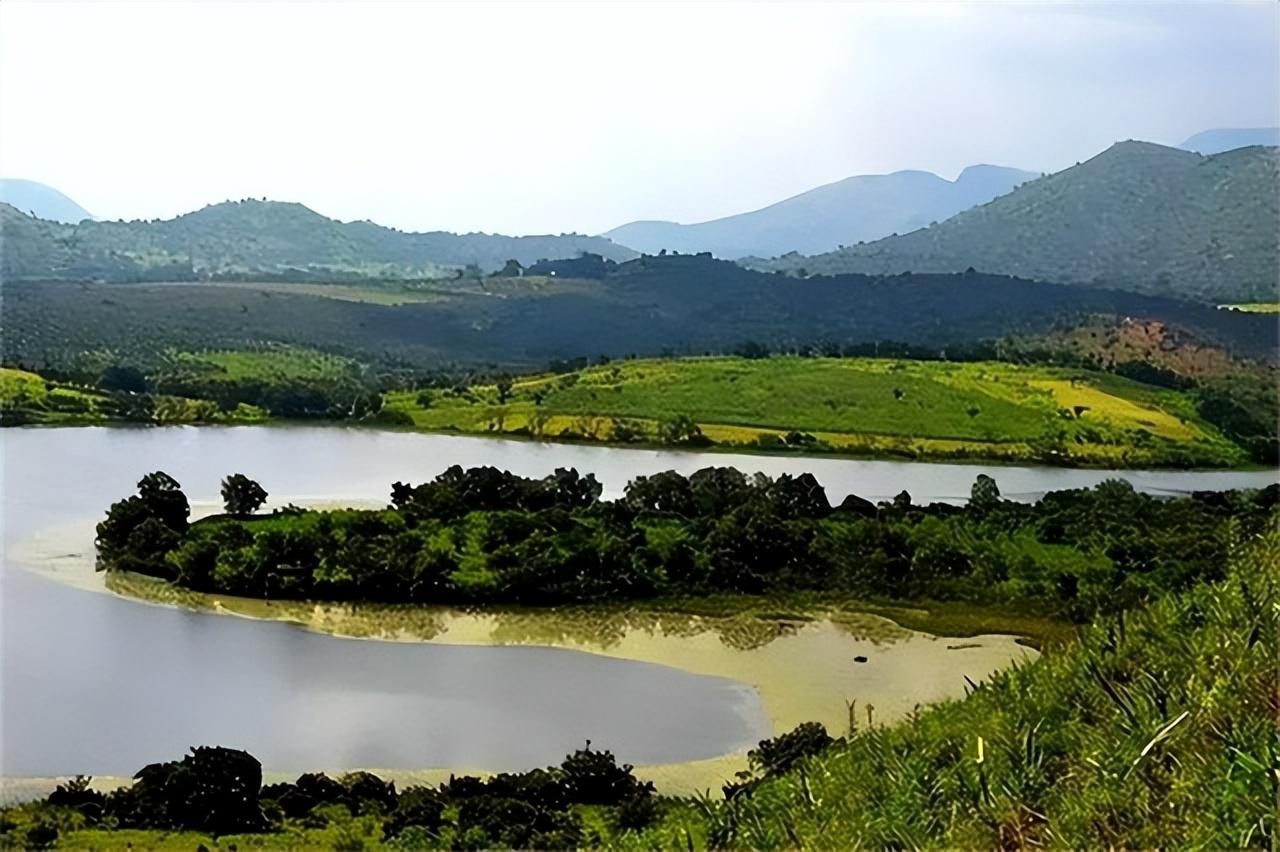
As we all know, carbon dioxide can easily squeeze oxygen away because of its heavier mass, so concentrated carbon dioxide is often used in fire extinguishers.
Experts speculate that the Lake Nyos massacre should be similar to this principle.
The carbon dioxide at the bottom of Lake Nyos spewed out on a large scale, driven by the wind to the village, and the huge amount of carbon dioxide drove all the oxygen in the air away.
As a result, residents can only inhale high concentrations of carbon dioxide gas that can be poisoned and killed.
The "smell of rotten eggs" and "smell of gunpowder" in the mouths of the villagers, experts speculate that the villagers' sensory hallucinations were produced after carbon dioxide invaded the brain.
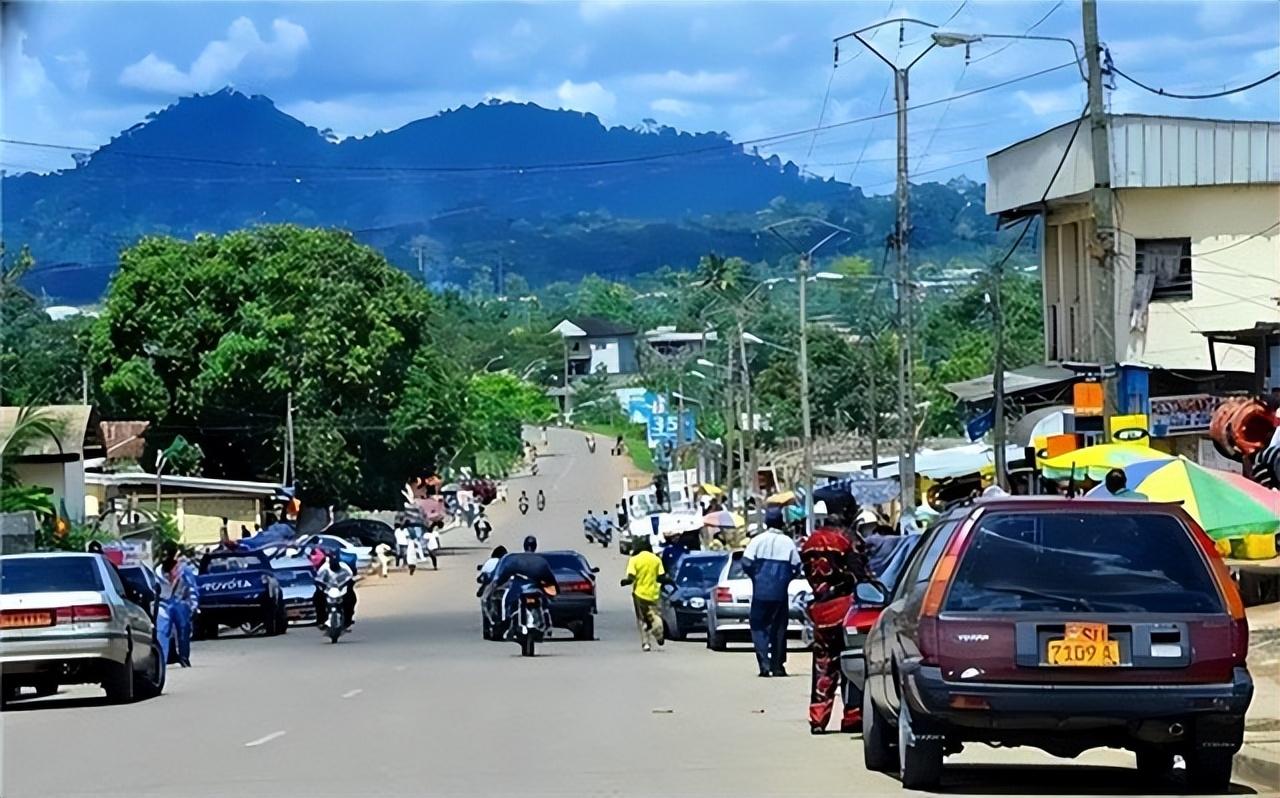
The investigation into the Lake Nyos massacre has made significant progress as the culprit has emerged.
But there is a more serious problem that has not been solved, that is, why did the carbon dioxide at the bottom of Lake Nyos suddenly surge to the surface on a large scale?
Where does this carbon dioxide come from?
If these two problems are not clear, there will be more similar tragedies on the shores of Lake Nyos in the future.
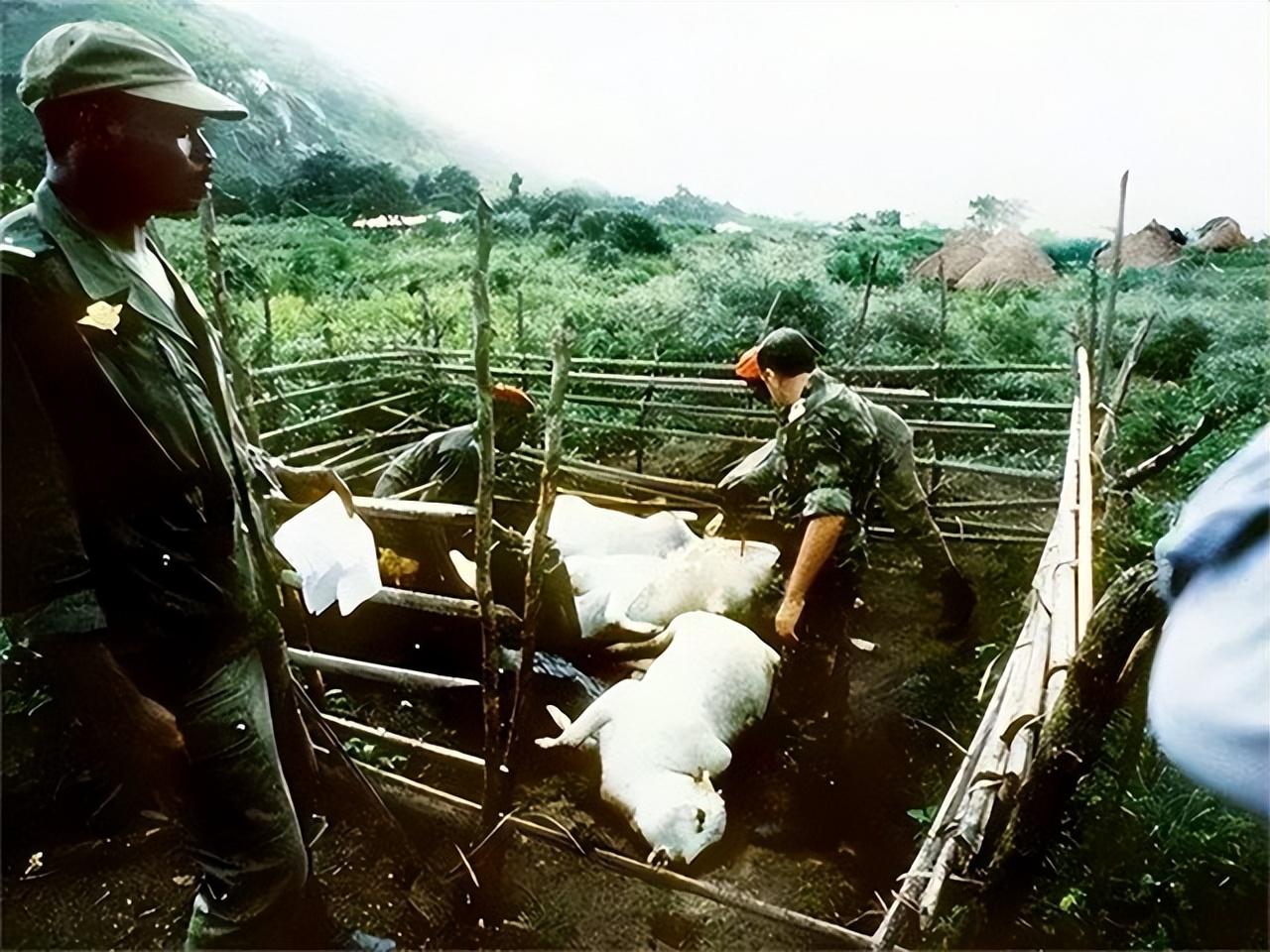
The truth about carbon dioxide eruptions
Analysis of water samples from the bottom of Lake Nyos shows that these carbon dioxide are slowly released from the depths of the earth's crust to the bottom of the lake.
Experts in France believe it was hot volcanic magma in the mantle that transported the carbon dioxide to the bottom of the lake.
Due to the special geographical location of Lake Nyos, the underground activities here are extremely active, and the various views put forward by experts have the possibility of generating and transporting carbon dioxide.
So what caused these massive eruptions of carbon dioxide that had been deposited deep at the bottom of the lake before?

Volcano experts in Italy believe that the underground magma riot brought the explosion, and high concentrations of carbon dioxide spewed out.
However, more experts believe that this is due to the accumulation of carbon dioxide at the bottom of Lake Nyos and the fermentation of various substances, which in turn breeds more carbon dioxide gas, which is combined with hydrogen sulfide and cyanide at the bottom of the lake. Hydrogen gas is fused.
In this way, the gas at the bottom of Lake Nyos seems to be a ticking time bomb. As long as there is any opportunity such as earthquakes, volcanic eruptions, storms, etc., the gas at the bottom of the lake will explode.

In addition, experts also mentioned the possibility that the cold and hot water layers of the lake water meet.
The mixing of hot and cold water will bring foaming carbon dioxide gas into the water surface and air.
The area where Lake Nyos is located maintains a constant temperature all year round, and the warm water layer in the lake is like a large lid buckled above the cold water layer.
The cold water layer below will continue to absorb carbon dioxide until it reaches a critical point where the bottom of the lake will explode.
Under the impact of gas pressure, high-concentration carbon dioxide gas is ejected from the lake surface.
This phenomenon is not uncommon in tropical lakes, and it is triggered by strong winds and storms.
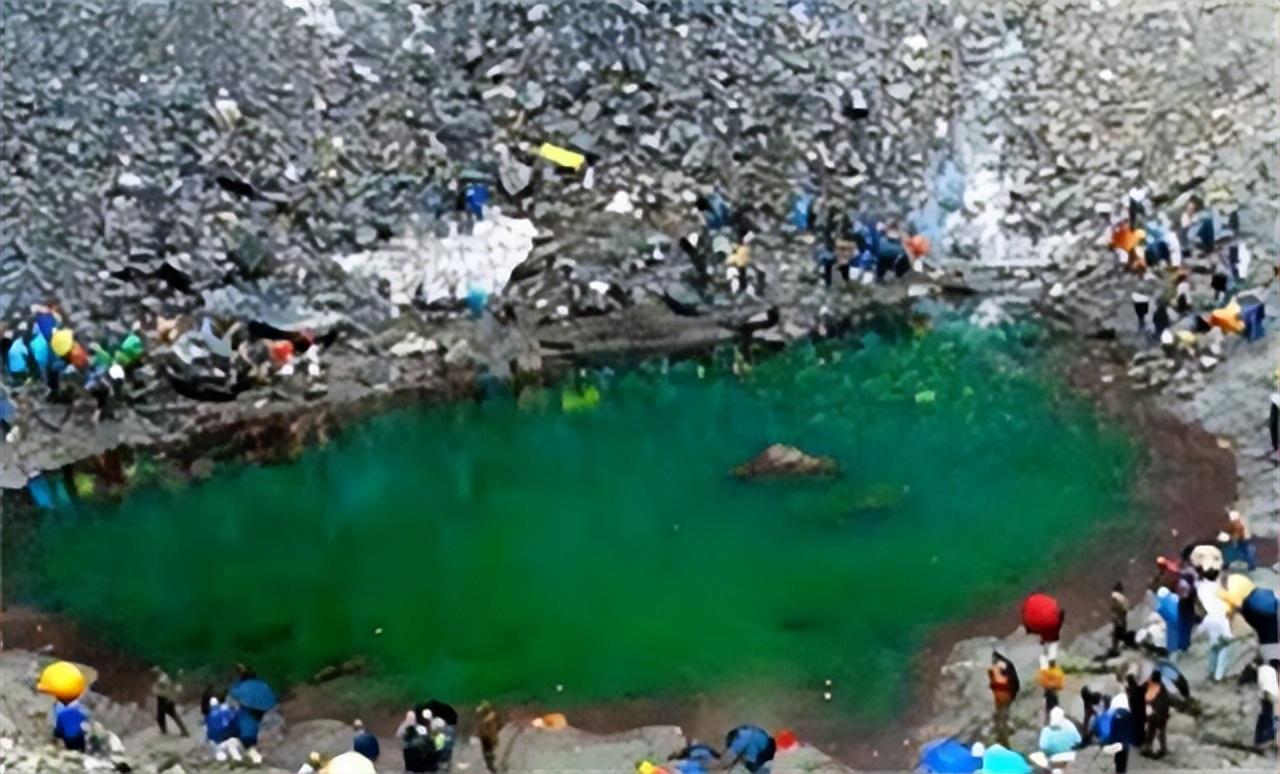
According to the local weather station, it did rain heavily on the day of the Lake Nyos tragedy, so it seems that there was indeed a situation that triggered a carbon dioxide eruption.
From the point of view of experts, the reason why the Lake Nyos tragedy happened was inseparable from the carbon dioxide "bomb" that existed at the bottom of the lake. Of course, it was also due to the stormy weather that day.
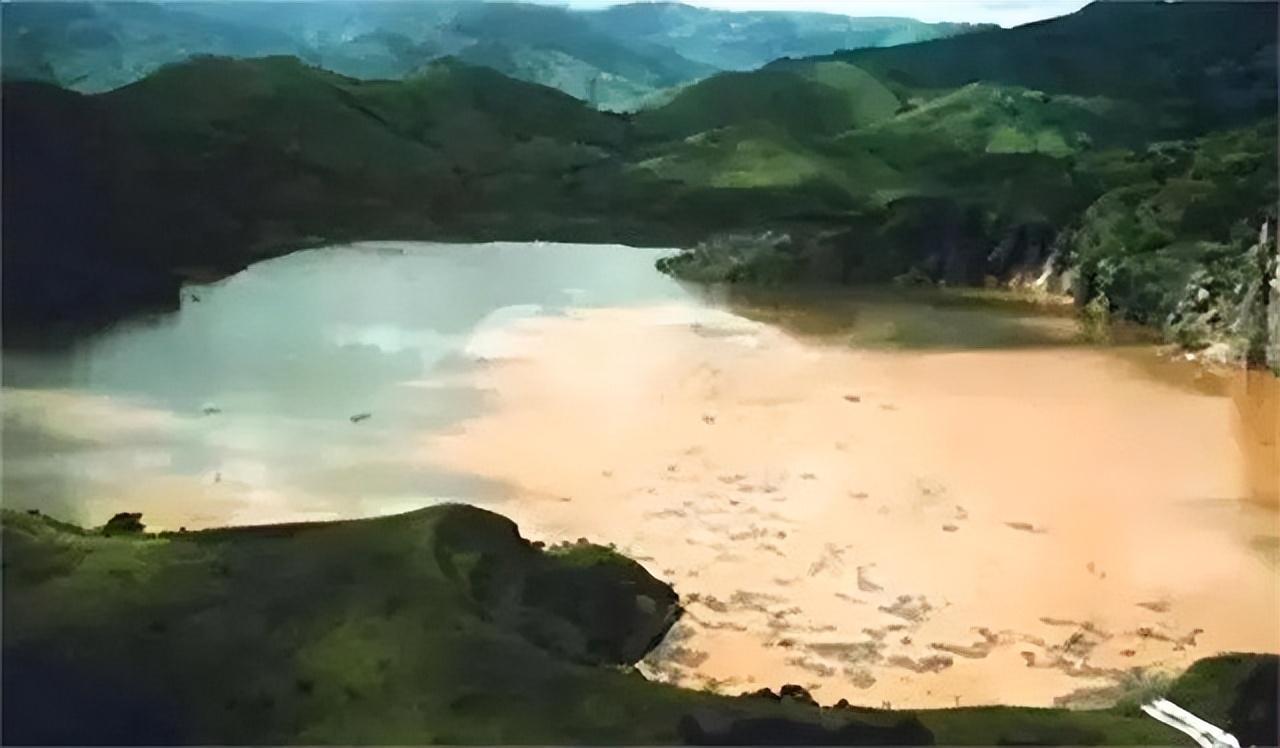
So, how to deal with this situation?
Can Lake Nyos return to its former quietness and peace?
After in-depth research, American chemist William Evans finally came up with a method - gas lift cancellation method.
That is, the carbon dioxide gas in the ground is drawn out of the bottom of the lake, thereby offsetting the continuous stream of carbon dioxide generated by the bottom of the lake.
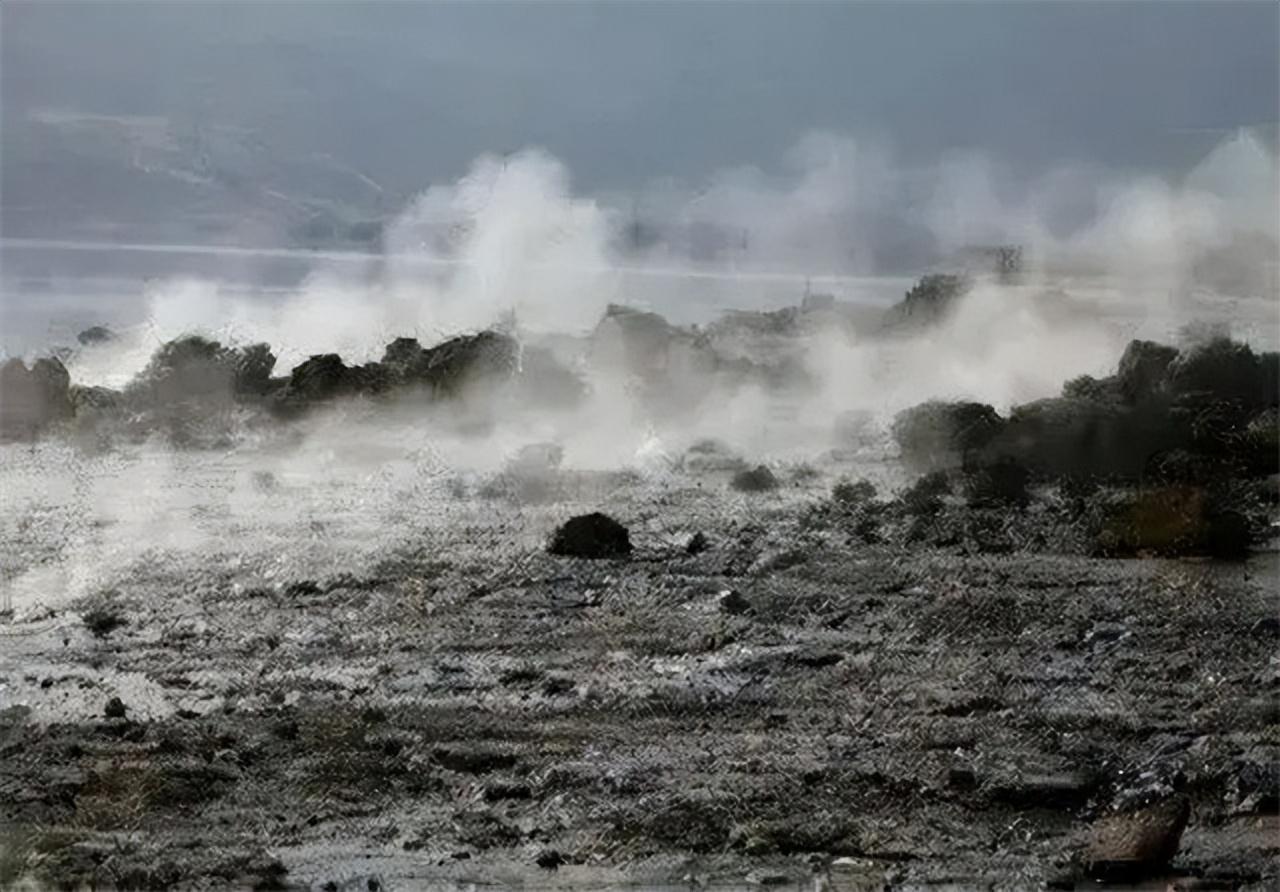
In June 2001, the first phase of the "Exhaust Blowout Prevention" project in Lake Nyos was officially launched in Lake Nyos.
Experts inserted a 200-meter-long lift pipe into the lake, and a column of air up to 50 meters high erupted immediately, rising and falling as the lake rose.
It is understood that 90% of this gas column is a high-concentration gas at the bottom of the lake, of which carbon dioxide is the main component, and the remaining 10% is ordinary lake water.
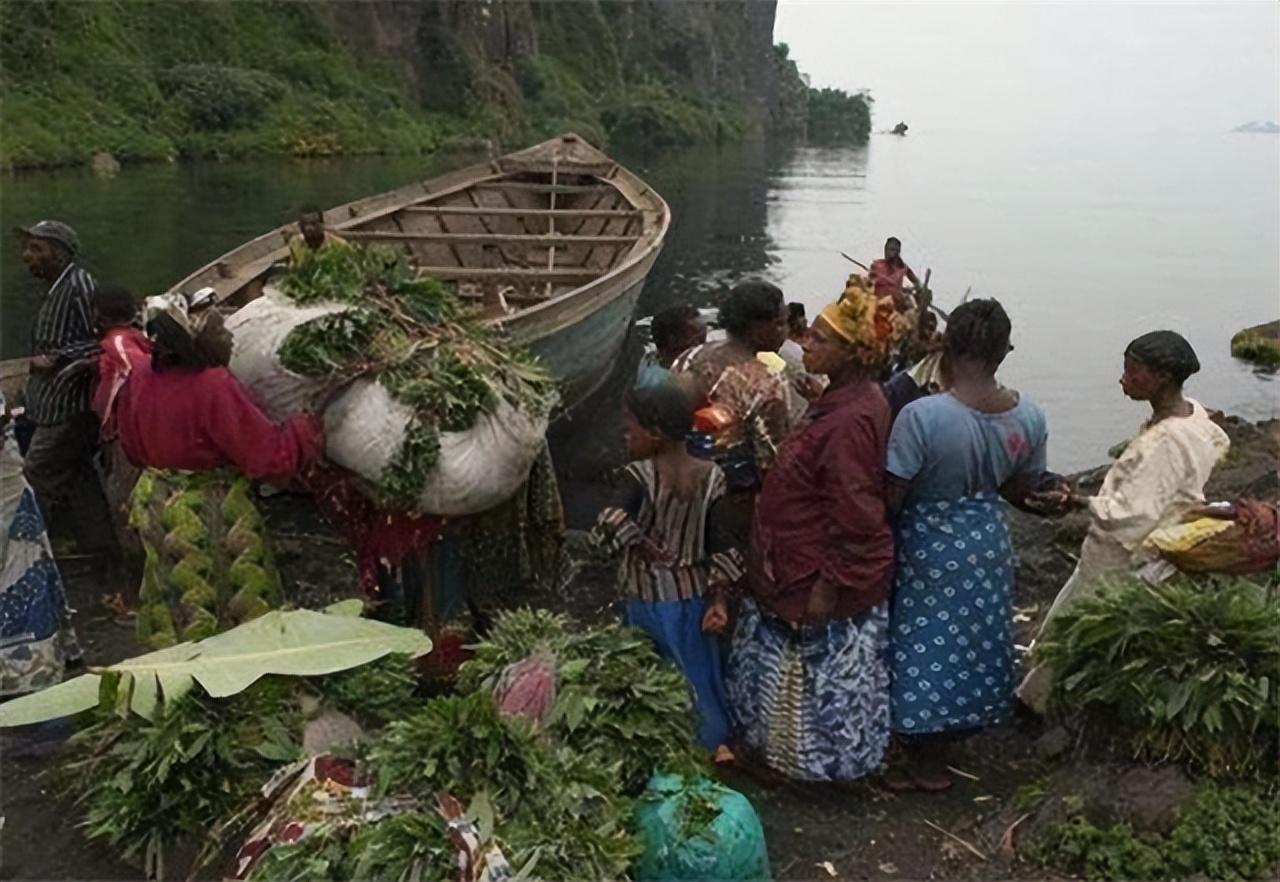
Experts say: "The natural siphon device installed this time can expel 20 million cubic meters of carbon dioxide gas from Lake Nyos every year."
On June 16, Nlund, Minister of Science and Technology Research of Cameroon, announced that the first phase of the scheduled project was completed and was a complete success.
According to reports, in order to fully offset the carbon dioxide produced by the bottom of Lake Nyos every year, several similar siphon devices need to be arranged.
According to the plan, once the pipes and installations are installed, the bottom of Lake Nyos will discharge 300 million cubic meters of carbon dioxide in 5-10 years, thus returning the bottom of the lake to calm.

Conclusion
Today, the exhaust device in Lake Nyos has been installed, and there has been no similar tragedy in Lake Nyos since then.
The valley of Lake Nyos has returned to its former comfort and tranquility, but the villages by the lake have moved away from their original locations. After all, the tragedy back then was too appalling, and no one wanted bad luck to befall them.

It is worth mentioning that the situation of casualties caused by carbon dioxide eruption in Lake Nyos is not the first case.
Just a short distance from Lake Ainun, there was a small-scale carbon dioxide eruption that injured people as early as 1984.
In addition, in the world's major earthquake volcanic belts, there are also many similar volcanic lakes with potential safety hazards.
In the future, I only hope that governments and relevant departments of various countries can learn from the Lake Nyos tragedy and solve the hidden dangers of the volcanic lake in their respective fields as soon as possible.
